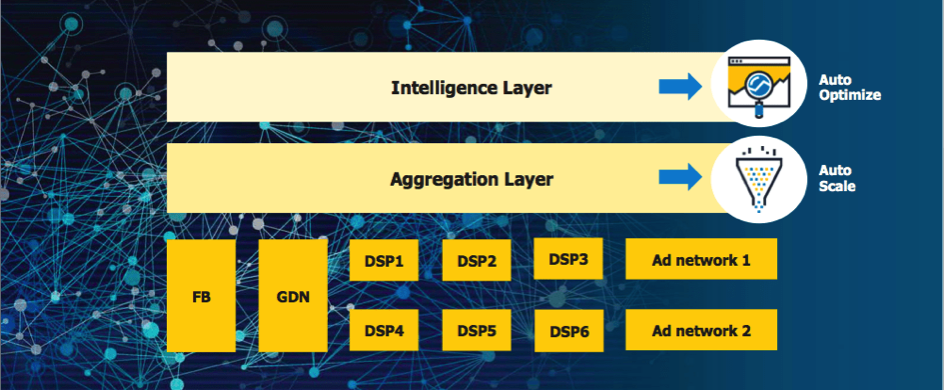Aggregating for an automated future
I once came across a job ad for an automated trading analyst once that seemed to encapsulate the disconnect within digital advertising today. The job description was extensive and responsibilities keen candidates would have to undertake included:
• Responsibility for the planning, setup, and execution of campaigns.
• Using multiple interfaces, in a self-service capacity, to discover audiences and target them via media buying tools (DSPs) across various channels.
• Maintain and optimize campaigns frequently.
• Expected to interact with multiple tech support teams for setup and troubleshooting.
If the tasks stated seem to skew toward the manual end of matters, that’s because it is. We know that the shift to programmatic is inevitable, and is forecasted to account for US$45 billion of the US$722 billion in total global ad spend by 2020. As more money shifts towards programmatic media buys, the pressure increases for campaigns to target not only the right consumers with higher accuracy but for demonstrable ROI on dollars spent.
But the reality is that today’s technology is just not advanced – yet. All marketers today are united in their pursuit of four goals: efficiency of each media dollar; effectiveness of marketing and business KPIs; scale of reaching the right audiences and speed of executing campaigns.

Any software infused into marketing has to be able to support those four goals. And for every marketing goal, there is a solution (or ten), a situation that’s not about to change anytime soon. The industry is in dire need of something that reduces the friction and fragmentation that exists – and ultimately, albeit ironically, it will be the introduction of software that helps solve this. While automated media buying power is at one’s fingertips, current levels of automation haven’t solved all issues and continue to frustrate marketers. We still lack answers to key questions: How do we scale execution? How do we scale testing? How do we scale optimization?
The case for aggregation
To go back to that job ad I mentioned, it’s pretty intense for one person to be managing fragmented campaigns across potentially billions of dollars in media spend. With more platforms and automation coming in, the question is: how do we bring it all together and make it manageable? One possibility is the aggregation of these platforms in order to offer choice, a refined and fluid workflow along with easier ways of targeting audiences and access to consolidated, single view dashboards for measurement.

We have focused on such a solution with The Hub, and by defragmenting a fragmented ecosystem; new media execution methods can then be discovered. Aggregating also means we should be able to consolidate performance data and in building prediction models that can then be used to feed back into the underlying platforms which are now fully connected via bidirectional API’s.
Today, a programmatic media trader is an expert in how to plan, strategize and execute digital campaigns on multiple platforms. But the tomorrow that should come into play, is one where the same trader is free to focus on strategy while technology does the bulk or all of the execution and assists in planning and optimization and using the unique capabilities of multiple platforms. To be a true knowledge worker of a programmatic age.
The ever-changing technology ecosystem demands that traders need to be knowledgeable about calibrating these systems. The value they bring to the table is informed guidance on how to operate and garner the best possible outcomes for clients within these algorithmically driven systems. Or else programmatic will remain the black box it is today.
Author
Ganga Chirravuri
Chief Technology Officer, CtrlShift

He is passionate about software’s role in adding true value to brands and solving real business problems. In his spare time, the avid sports fan is serious about good coffee.
